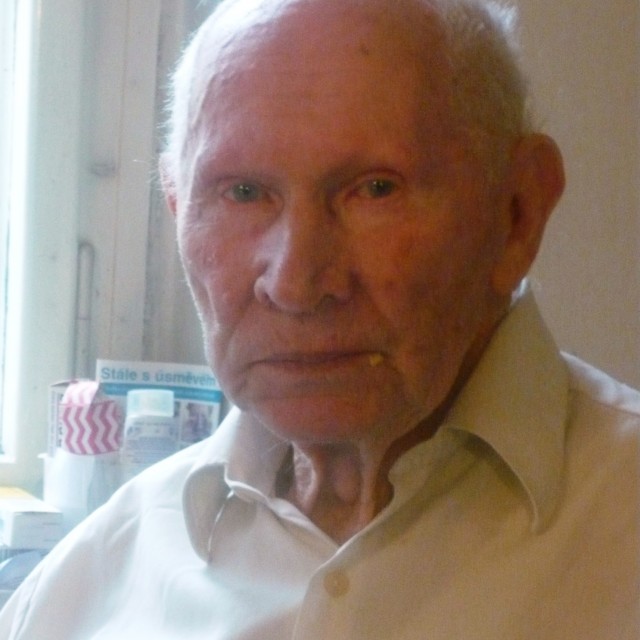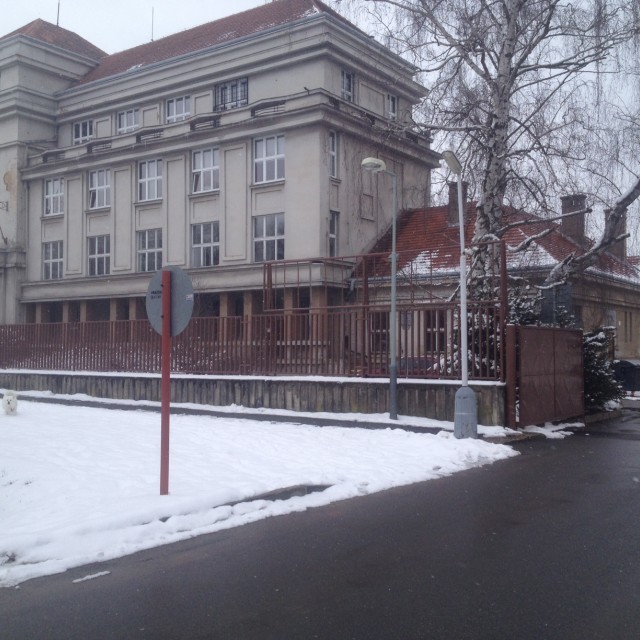They knocked the students’ hats off their head
Jan Šabršula, a twenty-one-year-old student of the Philosophical faculty, was woken up on 17th November 1939 early in the morning by machine gun fire. He was pulled out of bed, together with the other students from the Masaryk’s hall of residence in Dejvice, for several hours they were waiting in the entrance hall to find out what would be done to them. At dawn, trucks started to take them to the barracks in Ruzyně: “Here SS-men were waiting for us equipped with sticks. They knocked the hats off the students’ heads, they made them lie in the mud.” For long hours the students had to stand without moving in the riding hall of the barracks with machine guns aimed at them. In the end, they were transported to Sachsenhausen.
Hodnocení
Hodnotilo 0 lidí
Routes
Not a part of any route.
Comments
No comments yet.




